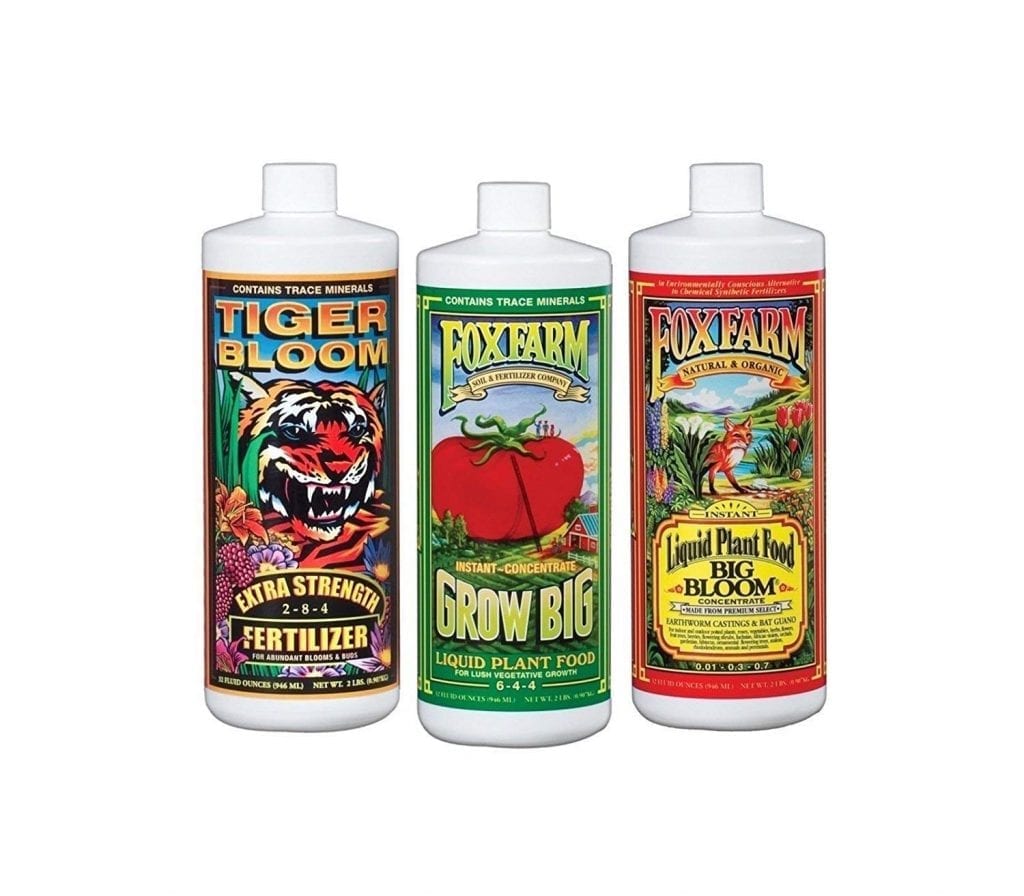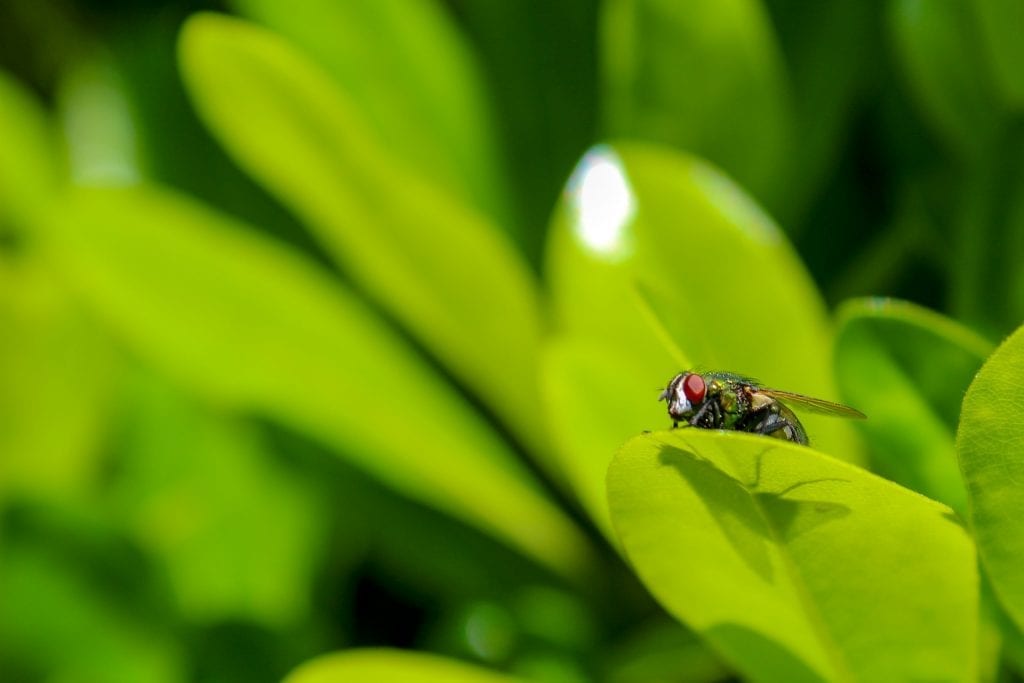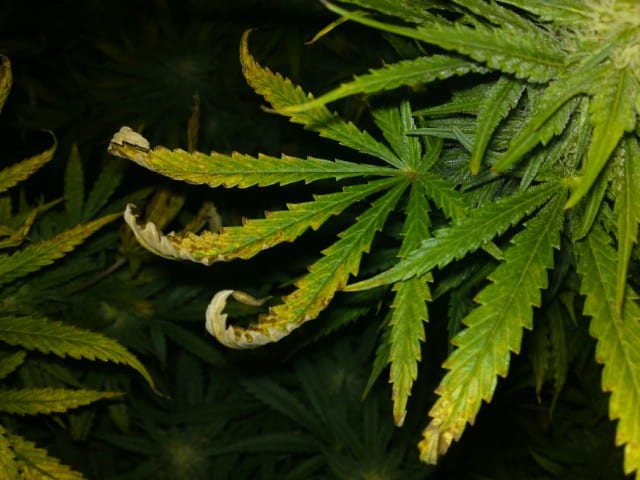Russet mites are a member of the family called Eriophyoid mite. These mites were first identified back in 1892 by Alfred Nalepa. For more than 100 years, Eriophyoid has become one of the most devastating pest problems for cannabis farms and cultivation.
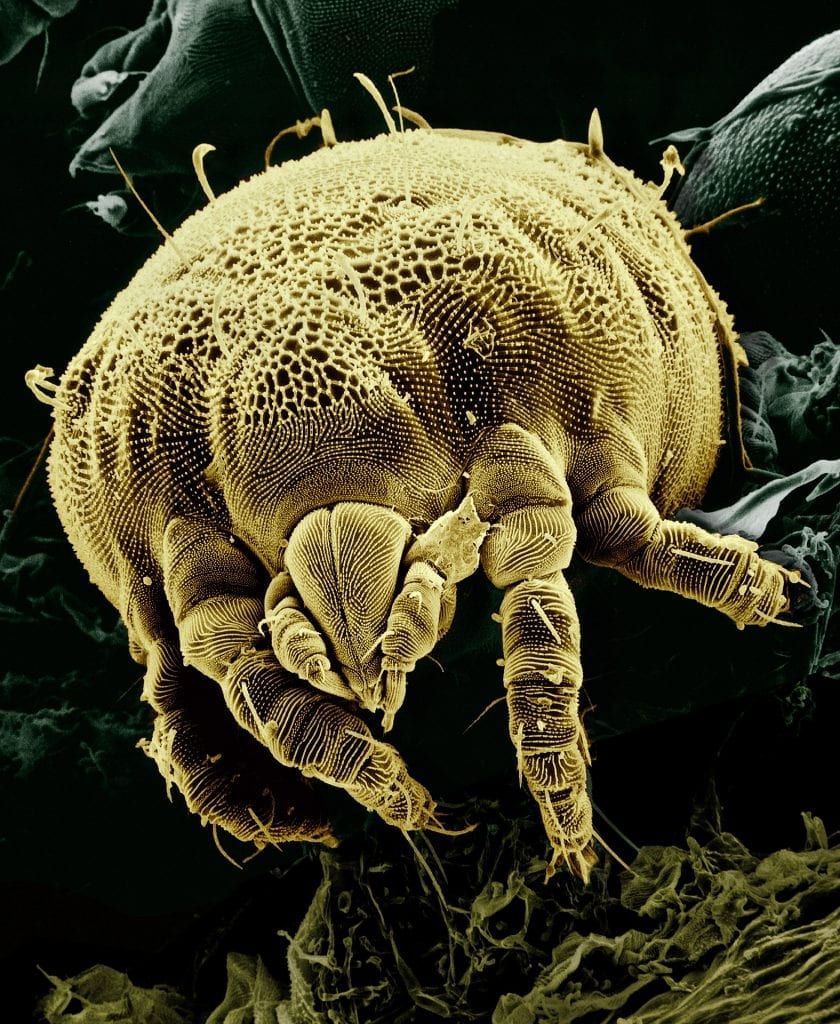
These mites also display unique features; for example, they have fusiform, worm-like bodies and walk on four legs, unlike other mites, who walk on eight legs. And what makes them a bigger dilemma for the farming community? They are microscopic.
These tiny creatures live on cannabis plants. They thrive by feeding on crevices of leaves, stems, and buds. Their initial signs of infestation are not very clear. Growers commonly confuse them with other signs of pest infestations like mold, pollen, heat damage, or nutrient deficiency.
Read our complete guide on all pests, viruses and bugs that can occur when growing cannabis.
The Difficulty Russet Mites Pose
Russet mites have emerged as one of the most challenging bug infestations. They are invisible to the naked eye and also reproduce rapidly. They do not display common features of infestation like webbing of the plant leaves, as seen by a spider mite infestation.
Many species of the Eriophyoid family prefer monoculture crops like cannabis and tomatoes.
Russet mites on cannabis colonize very rapidly and grow to large numbers before the plant begins to show any symptoms of damage. Their tiny size allows them to attach to parts of your clothing, attach to the debris removed from the site, and they can also adhere to and travel with other pests like whitefly and aphids.
Hence, immaculate sanitization of the infested cannabis plant is mandatory.
Russet mites on cannabis can reproduce in warm, dry conditions. And the bad news is, they can reproduce and attack your cannabis plant all year round.
Symptoms & How to Spot Damage Caused by Russet mites
Damages caused to plants because of Russet mites are manageable, and you can control them by catching the infiltration early on. What you need to understand about mites on cannabis are subtle changes that occur when the mites attack cannabis growth.
They are only possible to see when seen under a microscope. But good, experienced farmers have taught themselves tricks of the game. They observe slight changes that occur after mites on cannabis begin to multiply.
A good farmer knows his crops, understands its life cycle, and can also spot slight changes that begin to occur after russet mite infestations.
These tiny creatures wear off the cannabis plant growth at a very minute cellular level. First, the plant gets damaged at the bottom. Then the damage travels upwards as the mites feed off of the plants’ nutrients.
Yellowing of Leaf Edges
The first sign of russet mites on cannabis vegetation is the yellowing of leaf edges or chlorosis. Chlorosis extends inwards towards the leaf midrib. The yellowing occurs as the mites begin to feed off of the cannabis plant. Some leaves can become rough and stunted.
This symptom is easily confused with a viral infection of the plant, nutrient deficiency, or a heat burn.
Curling of leaves, Canoeing or taco-ing
This symptom is very clear and easy for growers to spot. It is a sign that the plant is under attack.
The leaves curl upward towards the petiole. The petiole is that part of the leaf where the leaf attaches to the leaf stalk.
Flower damage
During the flowering stage, leaves infested with russet mites appear small and rougher than normal. They appear yellow but not as yellow as in the vegetative stage.
Bud’s size is so small that it is almost absent. Flower hair or pistils are rough, brown, and drooping.
The Life Cycle
During the spring season, russet mites lay translucent, round eggs. After the eggs hatch, the mites then go through two developmental nymph stages. Development completes anytime between eight to fifteen days.
Once they grow and become adults, they appear yellow when clustered together. They appear distinctive from other mites, especially because they walk on two pairs or four legs instead of eight.
How Your Cannabis Plant Gets Russet Mites
We will enlist a few common routes through which your cannabis growth gets infested with russet mites. They include:
- Unhygienic growing vicinity, can be indoors or outdoors
- Already dormant or hidden russet mites in greenhouse corners
- During the pollination season, they travel with other insects, travel via wind, and even on clothing articles
- Introduced into your garden with a soil mixture perhaps
- Can travel on contaminated plant clippings
- For indoor sanctuaries, fans transfer mites from one corner to another, infesting the entire growth
Getting Rid of Russet Mites
Did you just find mites in your garden? Now what?
As said previously in this article, managing and controlling russet mites spread is doable. And even better if you catch them early.
You can find a lot of pest management regimes in the market. But whatever you choose, ensure to implement it long enough until all mites and their eggs have died.
Based on their life cycle, mite infestation can take several weeks before eliminating them. And because they can easily spread by wind, sharp vigilance is mandatory to make sure re-infestation doesn’t happen.
Normally the mites live for a month (sometimes slightly longer). During their life, they lay hundreds of eggs. Once these eggs hatch, the vicious cycle continues.
We will list a few management strategies below. But whichever strategy you choose, make sure you at least abide by the following rules:
- Make sure your pest management strategy abides by your state laws
- Start treatment ASAP. Apply treatment for sufficient time to eliminate all pests and their eggs. Keep a keen eye if re-infestation begins.
Organic / Natural
● Isopropyl or regular 70% alcohol
This works best if applied before the flowering stage commences. It will continue working in the early days of the flowering stage. But bear in mind, it will not get those eggs, and you will need another concomitant strategy.
● Neem oil
This is a great natural remedy to get those insects, fungi, and mites off of your garden. We recommend using neem oil when diluted with water. Also, use it during the early stages.
● Safer soap
Safer soap is USDA approved. It is a three in one solution for fungi, mites, and insects on your blossoming gardens. The recommendation says not to use it after the second week of the flowering stage.
● Green cleaner
This is an organic killer for all types of mites, russet mites included. Mites do not become immune to it, so you can keep using it for prolonged periods or even a few seasons at a stretch.
Ingredients include isopropyl alcohol, magnesium, sulfate, sodium chloride, quillaja, Saponaria, corn oil, and soybean oil.
● Insecticide soap
It is a derivative of plant fatty acids. Their mode of action is by suffocating mites and hindering their feeding patterns. Here’s a piece of advice; spray them during day time.
● Essentria ic3
This is a very effective remedy when you want to get rid of those mites in your garden. You can also utilize it for bed bugs. They are made primarily by peppermint oil and rosemary wintergreen oil. They act by blocking neurotransmission of the mites.
However, the effect only lasts seven to eight hours, so be sure to apply it multiple times in a day.
● Organocide
This is another effective, organic remedy to kill mites in your garden. It includes natural ingredients and oils. This too is a three in one solution for infestation by either mites, insects &/or fungus.
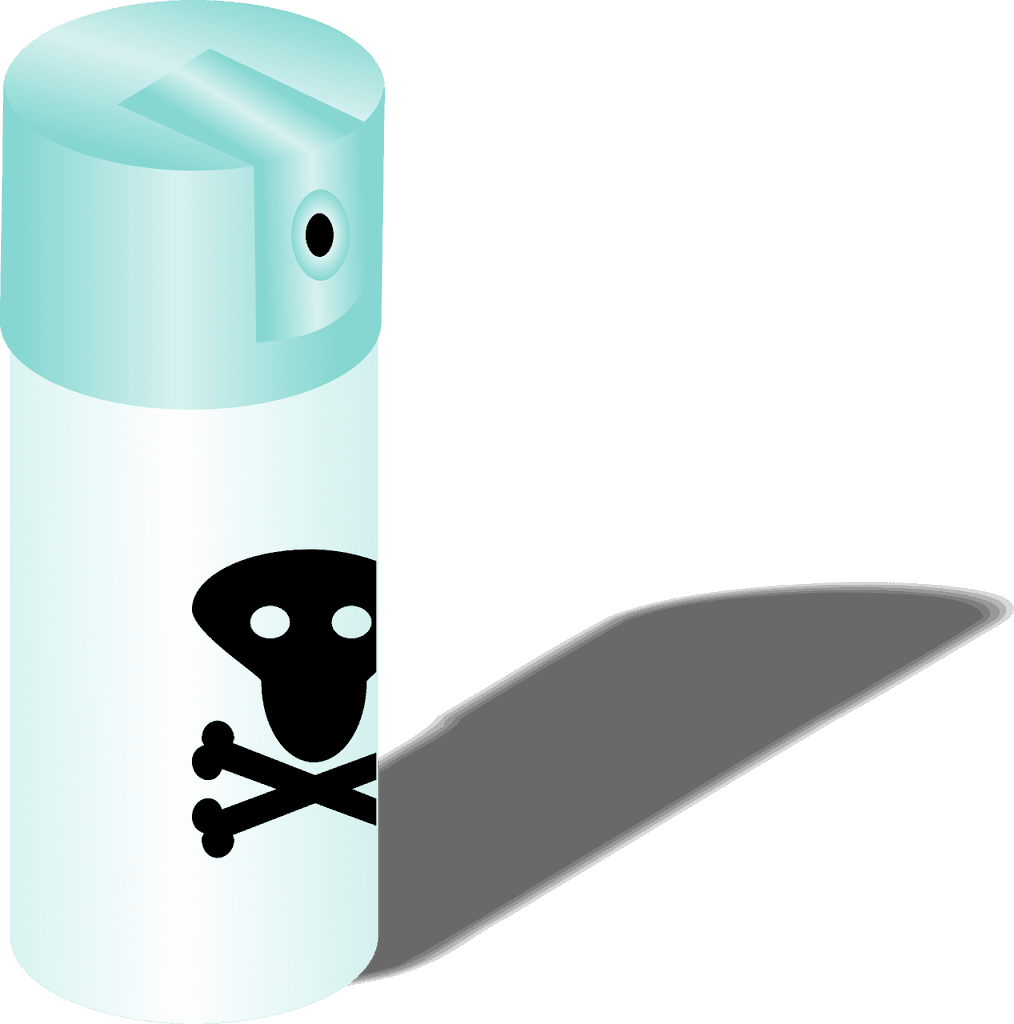
● Wettable sulfur
This is a great, inexpensive alternative and is used to kill both russet mites and broad mites. You can use it in all the stages of plant growth. It has an additional bonus of being helpful against powdery mildew.
Other Bugs and Predators
Guess what; there’s some good news for you
Ladybug feeds on russet mites, and you can easily get them through your local plant nursery or even order it from Amazon.
Other predators like: Amblyseius cucumeris, A. fallacis, and A. swirskii feed on russet mites too. Strip your cannabis of leaves and hang these tiny knights in their shining armor from the bottom of your plants’ branches. They, too, can be easily fetched on Amazon or can be bought from an insect dealer in your area.
More Extreme Strategies
These include some highly poisonous agents, and all are readily available on Amazon. They include:
Avid
This is very strong and also a very expensive insecticide. It should be used as the last resort because it is very harsh on the plant. If you decide to use it, use it before your cannabis plant reaches its flower stage.
Floramite
Another very strong miticide like Avid. Not recommended to use, but if you still decide to use it, take extreme caution.
Azamax
This one is a good three in one insecticide. It acts by inhibiting the russet mites’ nervous system.
Five Rules for Indoor Plants
Here are some basic rules to keep indoor plants without any pest problem.
Rule 1: Know Your Plant Grower
Be very careful when you bring in plant starts, clones from dealers, or friends. Do not bring uninspected plants into your growing territory or plants from dealers or friends who previously had a mites episode.
Rule 2: Keep the Space Clean
Keeping your growing space immaculately clean is by far the most important precautionary measure. Do not bring in tools or soil inspecting medium from outside.
Rule 3: Use Predatory Spider Mites
Periodically release predatory spider mites into your greenhouse or growing territory to keep russet mites at bay. If the infestation is severe, you might need to release the second round of predator mites.
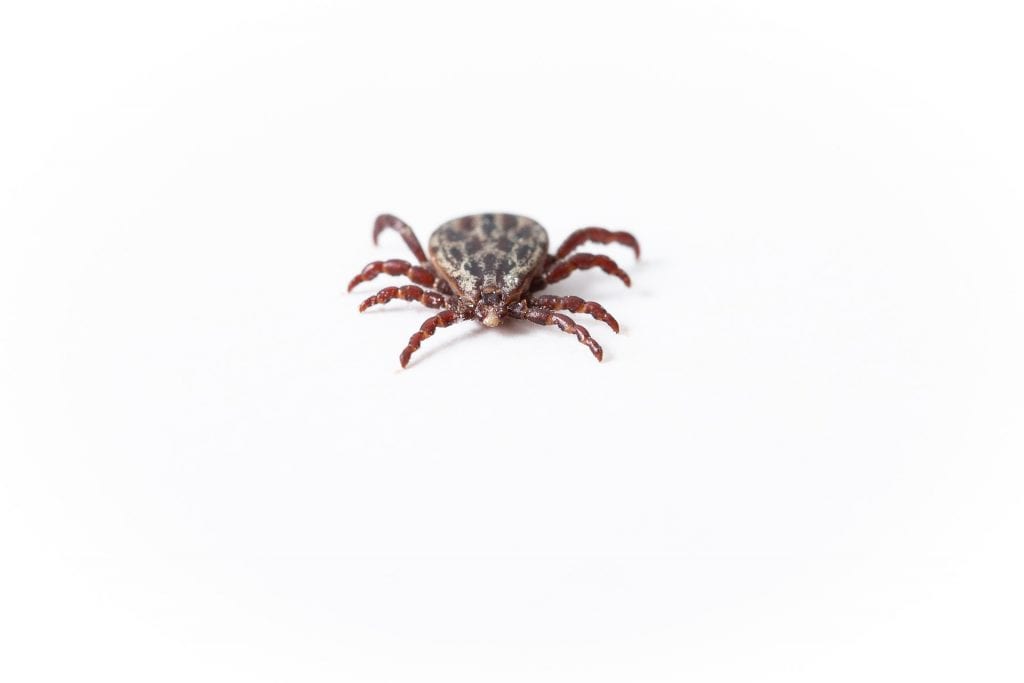
Rule 4: Adjust the Temperature
Just as you inspect a mite infiltration, slow down their breeding by finely adjusting temperature and moisture of your growing space. This will buy you time to treat the problem in hand.
Rule 5: Take Every Step to Remove Infection
If your growing space has become infected with the mites, wipe it from top to bottom.
- Scrub all furniture surfaces.
- Sterilize all equipment from the space,
- Throw away any tools or pieces of furniture that you can’t scrub,
- Dispose of the soil that cannot be sanitized.
In short, be vigilant enough not to leave anything behind unscrubbed that was a part of the growing space during the time infestation occurred.
Six Rules for Outdoor Plants
- Russet mites in outdoor plants mostly stay in plant containers. Therefore, use high-quality soil material and potting mediums only. Go to a plant nursery you trust.
- Kick off warm seasons by instigating beneficial nematodes in your cannabis growing spaces. This will also curb problems that may occur after the eggs hatch. You can also apply a second round of beneficial nematodes to kill any eggs that may have hatched and cause your leaves to turn yellow.
- These mites are pulled towards areas that give off a lot of nitrogen. So, be vigorous and maintain balance. Do not over fertilize your cannabis growths.
- There is a multitude of materials and miticides you can use to prevent their spread. We have also given you a long list above. But whichever method you employ, a keen inspection of leaves and plants is crucial. Since russet mites are invisible by the naked eye, get yourself a magnification glass of at least 14X magnification.
- Do not shy away from discarding infested cannabis plants. Even if you think you’ve killed the mites, their eggs might still be viable and can continue to harm your cultivation.
- Act responsibly while disposing of the infested plants. Wrap them in plastic bags and carefully get rid of them in garbage containers.
How to Prevent your Cannabis from Russet Mites
This is very easy to do. You just have to be vigilant.
- Grow your cannabis plant from seeds – As russet mites and their eggs cannot live on seeds (however, your plant can get affected by outside sources).
- Isolate all your new plants – Treat them for prevention for infiltration with russet mites or their eggs.
Summary
The russet mites are a grave problem for cannabis growers. And unfortunately, they can go undetected for prolonged periods owing to their microscopic size.
Hence, it becomes even more so vital that you keep a keen eye out for any mild symptoms your cannabis plant shows of infestation with russet mites. We have outlined all the potential symptoms that result from the mite infestation in this article for you.
There is a wide range of products you can use to get rid of them when you encounter them in your cannabis growing territory. Use them carefully at the right stage of cannabis development and diligently scrub away all surfaces after an infiltration. Their eggs pose a larger problem but worry not.
There is stuff in the market to tackle that situation too.
But, it all boils down to sharp inspection and catching an infiltration as soon as it starts. That way, it can be easier to clear out and will also save a lot of your cultivation from dying out.
In this date and era, when knowledge along with technology is just a click away, it is not an excuse if you tell someone you didn’t know about this or that. Do your due homework before you test waters with growing cannabis and then stay sharp.
Table of contents



